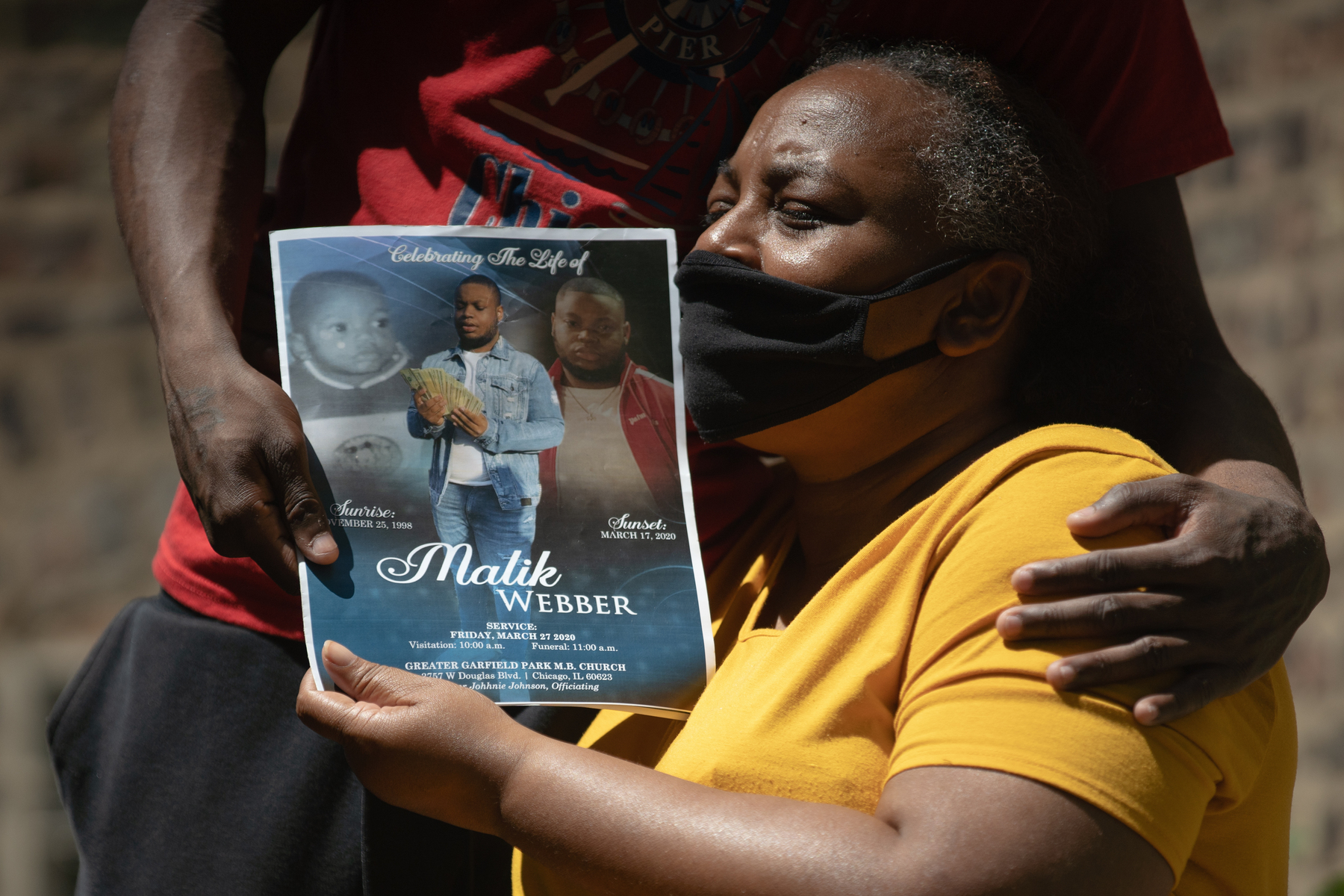What To Know Today
Researchers outline necessary steps to prevent suicide among Black youth. Suicide is the third leading cause of death for Black people between 5 and 17 years old, according to data from the Centers for Disease Control and Prevention. And among Black youth 13 years and younger, the suicide rate is about two times higher than that of their white peers. In the medical journal JAMA Pediatrics, researchers outline three major steps to keep Black kids safe:
- Better understanding of the culturally relevant risk factors — such as exposures to killings by police that may not apply to other racial groups.
- More research and funding into Black suicidal ideation. Early research suggests that Black youth attempt suicide more often without first reporting suicidal ideation.
- Leaning on trusted community organizations and messengers — like churches, beauty salons, and barber shops — to normalize suicide screenings and reduce stigma around mental health services.
“Because of the lack of culturally sensitive theories, we have little information about how unique race-related stressors may contribute to disparities in suicide rates among Black youth,” the paper reads. A co-author adds: ”We also restate what many others have also argued, it is time for funding agencies to close the gap in research funding for Black scholars in this area.” Related: Last year, The Trace’s Lakeidra Chavis first reported on the steep rise in suicide among Black Chicagoans amid the pandemic, which led to officials’ promise to step in and quell the sudden increase. In follow-up coverage, she reported that city and county leaders still hadn’t delivered on those promised prevention plans. [If you are having thoughts of suicide, help is available 24 hours a day: Call the National Suicide Prevention Lifeline at 1-800-273-8255 or text 741741 to reach the Crisis Text Line.]
Federal judge upholds post-Parkland ban on gun sales to people under 21. After a gunman killed 17 at Marjory Stoneman Douglas High School in Parkland, Florida, in 2018, the state Legislature swiftly passed a law preventing the sale of long guns to people aged 18 to 20. The National Rifle Association challenged the law in court. Three years later, U.S. District Judge Mark Walker ruled that court precedent giving legislatures broad powers to enact gun restrictions means the law was constitutional, even as he doubted its effectiveness in preventing tragedies like the one at Parkland.
Kyle Rittenhouse’s fatal trip to Kenosha and the culture war spectacle of his trial. Last summer, protests erupted when a police officer shot Jacob Blake Jr., a Black man who was paralyzed as a result. Rittenhouse, then 17, crossed state lines from his home in Illinois to Kenosha, Wisconsin, where he fatally shot two protesters with his rifle and wounded another. Rittenhouse is facing six charges, including two counts of first-degree homicide. Writing for The New Yorker, reporter Paige Williams interviewed Rittenhouse and his family and situates the specifics of the case alongside the far-right figures who rallied behind him. Williams stitches together Rittenhouse’s legal battle and offers an intimate look into family members’ differing perspectives of his actions.
Renewed scrutiny in case of Minneapolis man fatally shot by police in 2013. For years, the only account of Terrance Franklin’s death came from the five police officers who attempted to capture him in a basement. And his family ultimately settled with the Minneapolis Police Department last year. But now, there is growing momentum to reopen the case, in part because of a 62-second video shot by a bystander that was never used by the police or the local prosecutor during the investigation. Time reports that the video captures shouts of racial slurs and a plea for help, despite officers having previously said that Franklin never uttered a word. Moreover, the outlet reports that one of the officers who shot Franklin in the head has been named in over a dozen excessive-force complaints. The reexamination of the Franklin case comes as the Minneapolis Police Department is under a new DOJ civil rights investigation into patterns of systemic police misconduct.
Smith & Wesson rakes in $1.1 billion in annual sales — its most lucrative year ever. Smith & Wesson CEO Mark Smith said that it was the first time in the company’s history that yearly sales topped $1 billion, and the record haul gave the company more than $250 million in profit that was enough to cover its debts. The announcement comes after a historic year for gun buying, which The Trace has been tracking since the beginning of the pandemic.
Data Point
At least 500 — the number of people now charged in the January 6 insurrection at the U.S. Capitol. The arrest of a Florida man accused of breaking a window and spraying liquid at police was the latest indictment. [Tampa Bay Times]

